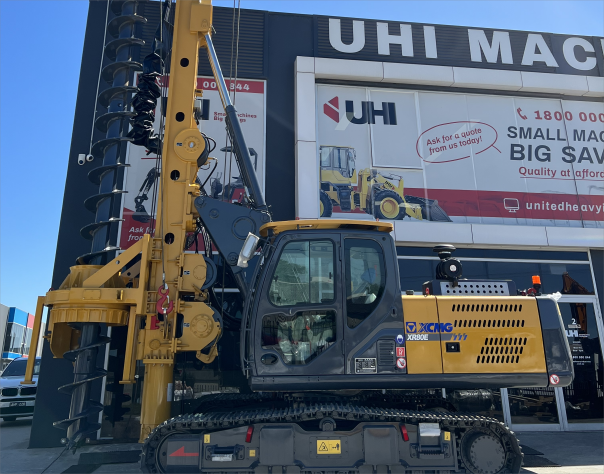- March 7, 2017
- No Comment
Going Deep: Deep Hole Drilling for Dummies

Deep-hole drilling, it’s a perilous process. Drilling at such lengths requires the proper equipment, and the know-how to use it. And you guessed it—there is a lot of unavoidable innuendo in the hole-drilling field. Consider yourself warned.
What is deep-hole drilling?
According to website ‘Canadian Metalworking’, drilling is considered to have moved into the illustrious ‘deep-hole’ category once the depth to diameter ratio reaches 10/1. While the equipment necessary for deep-hole drilling can vary, once the ratio reaches 100/1, specialised tools are needed.
According to manufacturer, TITEX:
“The smaller and deeper the hole, the greater the challenge.”
Hole integrity is of paramount importance at these depths – a compromised hole is a useless (and often dangerous) hole. To ensure the integrity of your hole, you’ve got to ensure that your equipment is up to the task, and can go the distance. A process of drilling, boring and reaming is integral to well-finished and workable holes.
Deep-hole drilling tools
Gundrill
The gundrill was originally, you guessed it, designed to drill gun tubes. It is great when you’ve got to drill very straight, relatively narrow holes. Although it leaves a rather more attractive finish on your surface, it’s not an efficient way to drill larger holes and requires a high coolant pressure.
STS (Single Tube System) Machines
These tools are best for larger diameter holes, and can perform several functions including drilling, polishing and trepanning. While using an STS machine can increase your productivity due to its multiple functions, it can be tricky to fit the required parts and also requires steady coolant flow. The use of extra contraptions such as coolant filtration systems, large tanks and high-pressure pumps are needed and can make this process more elaborate than gundrilling. However, due to the high productivity on STS drilling, it is possibly the most popular method.
Ejector – Much like the STS machines, the ejector system is best for larger holes. By using two tubes, an inner and outer, the ejector method pumps coolant over the tool, and flushes the resultant chips out through the inner tube. One great advantage of the ejector method is that the whole tool doesn’t need to be changed in order to change functions—you may simply change the head. According to manufacturer Sandvik Coromant, the ejector method can be handy when drilling smaller batches, as you don’t need a specialised machine for the task.
Know your hole
Can you use a regular drill for your hole? Perhaps a high-performance twist drill is up to the task? This handy diagram from Canadian Metalworking will help you to know where to turn, when evaluating your hole and choosing a method.

Don’t risk your hole
Challenges which risk your hole during the deep-hole drilling process include:
- Drift. The deeper the hole, the greater the risk of hole drift.
- Damaging your tool. Using the wrong tool will mean damage to your drill.
- Clogged pipes. Match your chip extraction method to the material you’re drilling.
- Lubrication. High coolant pressure saves holes. Don’t stinge on the coolant.
Deeper holes, quicker
Deep-hole drilling sees constant technological advances from manufacturers, in the form of new drill design and smarter, more accurate drilling tools. TITEX have created a solid carbide drill, which claims to support greater productivity with ‘optimised flute geometry’ allowing for safer chip removal through its drill helix. While this all sounds very boring (pun intended) to the uninitiated of us, what it means is the potential to increase speeds and productivity by up to 600%. Those are some massive improvements!






